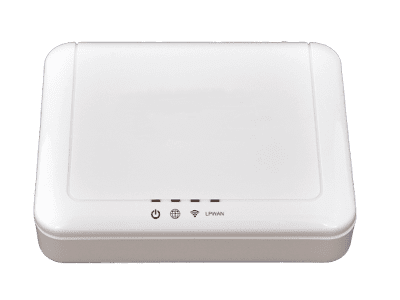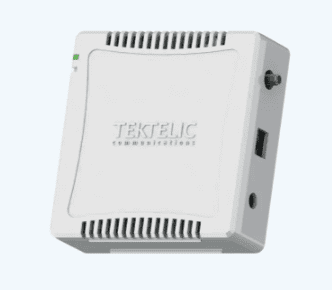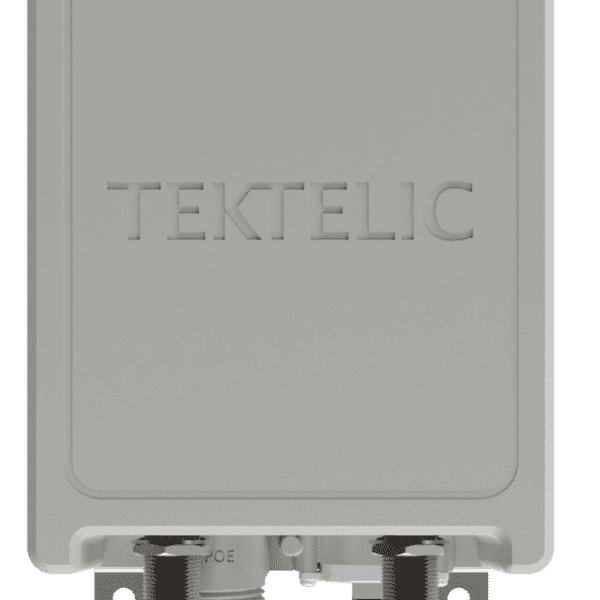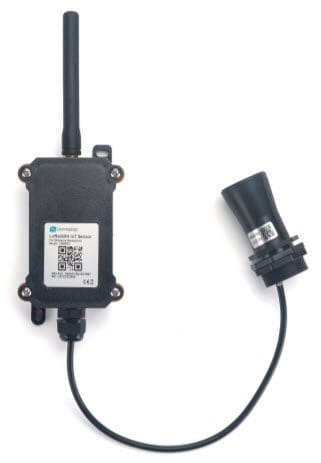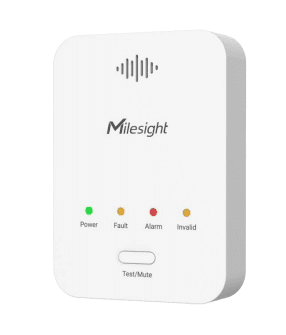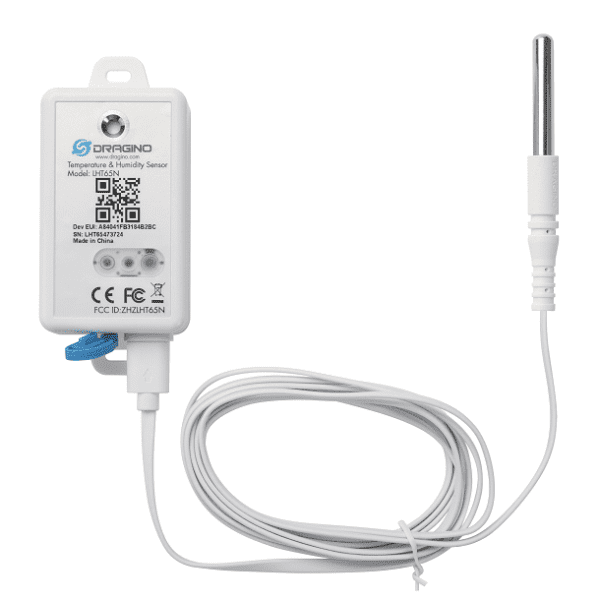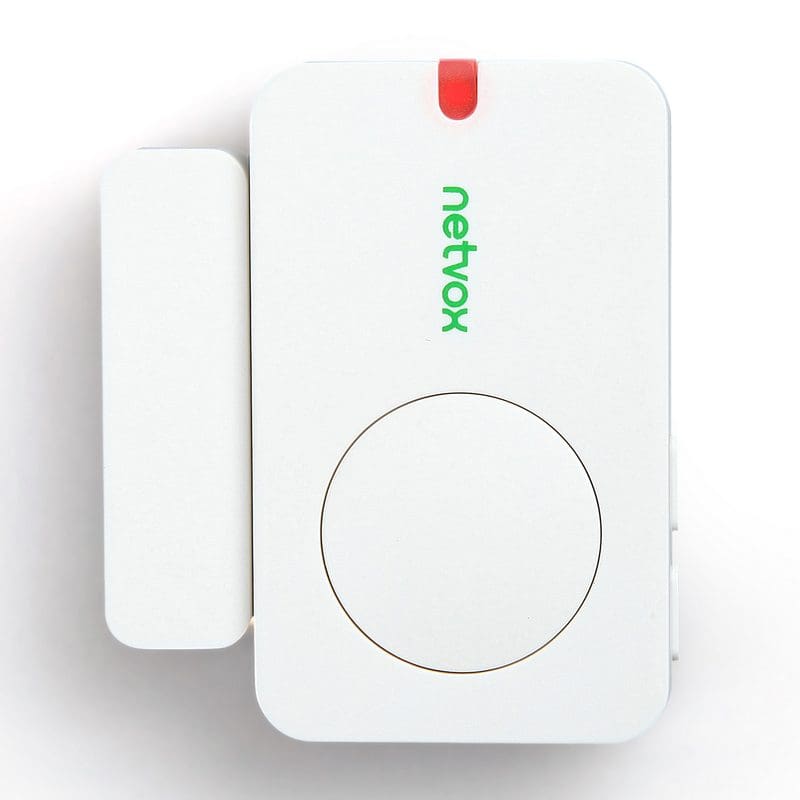IoT Monitoring Solutions
Simplifying Deployment of Commercial Grade Monitoring Solutions. Monitor almost anything anywhere.
Health Care – Construction – Industrial – Commercial – Agriculture – Asset Tracking – Asset Management
Level NZ offer a huge range of fast to deploy, cost effective monitoring solutions. We have a menu of over 2000 wireless sensors all relaying data back to one easy to read dashboard. Save time and money by remotely monitoring almost anything anywhere. Set thresholds & alert parameters, monitor trends, track assets and much more.
Contact us and have a chat to our IoT monitoring specialists for a solution for your application, peace of mind and relevant data at your fingertips.
Showing 1–8 of 72 results
-
Gateway – Gemtek Ethernet Gateway Azure-AU
$595.00 Inc. GST. Add to cartIn stock
-
Gateway – Tektelic KONA Enterprise Cellular Gateway Twilio-AU
$3,080.00 Inc. GST. Add to cartIn stock
-
Gateway – Tektelic KONA Micro IoT Gateway-AU
$1,100.00 Inc. GST. Add to cartIn stock
-
Sensor – Digital Matter Oyster Rugged GPS Tracker-AS
$395.00 Inc. GST. Add to cartIn stock
-
Sensor – Dragino Distance Detection Sensor LDDS75-AU
$240.00 Inc. GST. Add to cartIn stock
-
Sensor – Milesight Residential Gas Detector-AU
$280.00 Inc. GST. Add to cartIn stock
-
Sensor – Dragino LHT65N LoRaWAN Temperature & Humidity Sensor-AU
$155.00 Inc. GST. Add to cartIn stock
-
Sensor – Netvox Indoor Window & Door Sensor-AU
$180.00 Inc. GST. Add to cartIn stock
Specialist Monitoring Solutions for Structural Health
There are a variety of structures all over the world that Structural Health Monitoring can be used on to effectively maintain the health of structures. Be in touch for a custom solution for Structural & Geological monitoring

High Rise Buildings and Apartment Blocks
- Structural Health Monitoring can detect
- Tilt
- Crack Formation
- Degredation of piles
- Load & Strain increase

Bridges and Archways
- Structural Health Monitoring can detect
- Frequency changes
- Load changes
- Crack formation and increase in size
- Tilt and sinking of ambutments
- Strain and Load changes

Heritage Buildings and Structures
- Crack formation
- Monitoring of existing cracks
- Degredation of load bearing uprights
- Sinking and tilting of structures
- Load & Strain increase
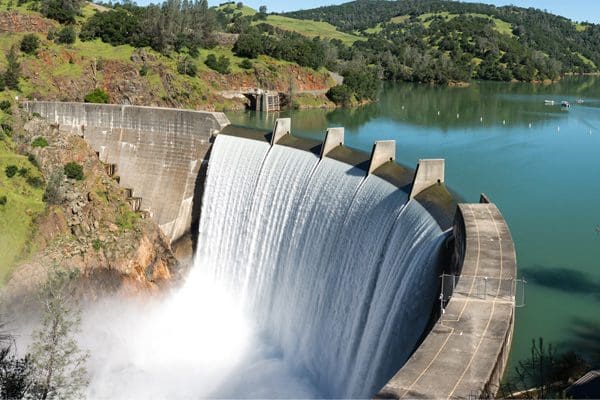
Dams and Waterways
- Strain and Load changes
- Crack formation
- Crack Monitoring
- Degradation of walls & Abutments
- Sinking of uprights
- Flow changes
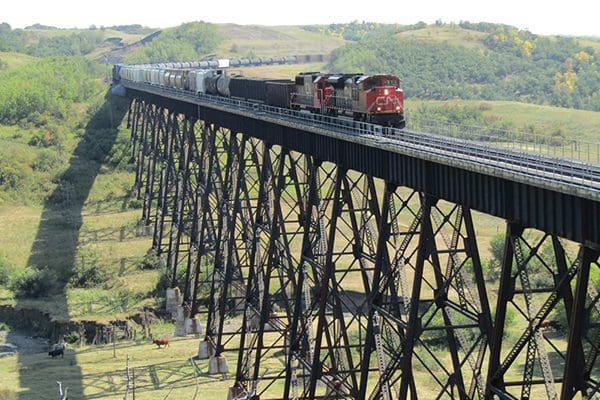
Rail Lines and Bridges
- Frequency and load changes
- Tilt and buckling of uprights
- Crack formation & Monitoring
- Sinking of piles
- Warping of lines via temperature changes
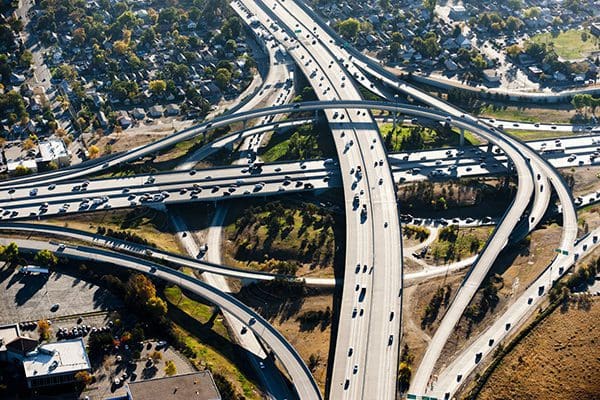
Motorways and Highways
- Strain changes
- Frequency & Vibration changes
- Crack formation & Monitoring
- Sinking of piles
- Strain changes in load bearing beams
- Warping of roads via temperature changes
DECK Sensor
Our patented Vertical and Horizontal DECK sensor is the leading dynamic displacement sensor. The competitors to the DECK sensor measure displacement in a static mode only this is what sets the DECK sensor apart. High Accuracy, Low Frequency and Live Updates.
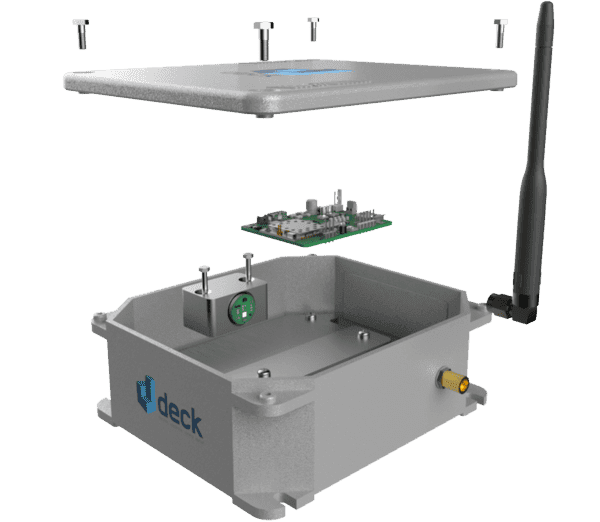
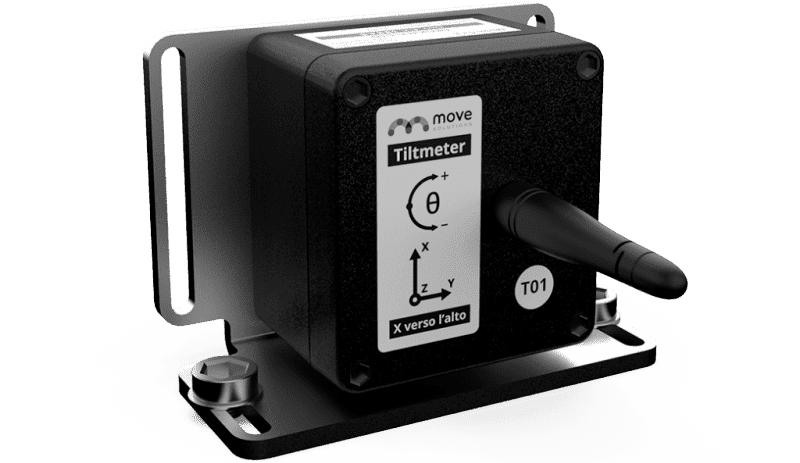
3 Axis Tilt Sensor
The 3 Axis Tilt sensors are able to determine the twist, tilt and change of vertical stance of a structure. Being able to determine the change in structures integrity quickly enables the health of the structure to be maintained and saves potential insurance issues and huge financial cost.
Accelerometer
The Move Accelerometer can measure the acceleration of the point where it is installed, on the three axes, with high resolution. Like other Move devices, it is full wireless, and the battery lasts for years, in relation to the transmission frequency (timed and/or by threshold exceeding). This Accelerometer also integrates a temperature sensor inside. It is great for dynamic monitoring.
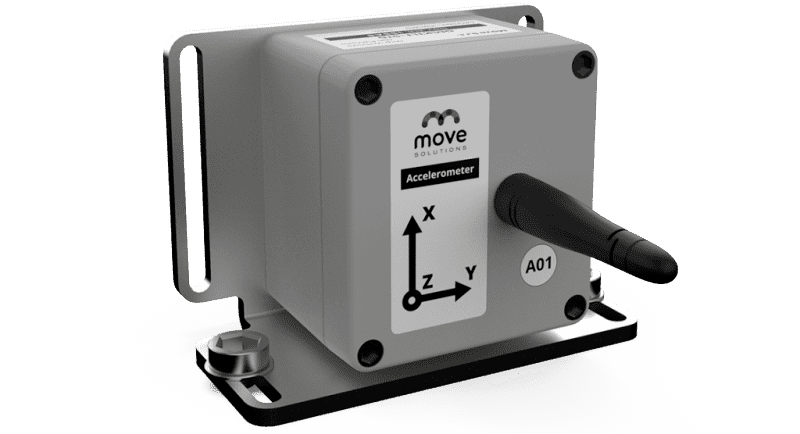
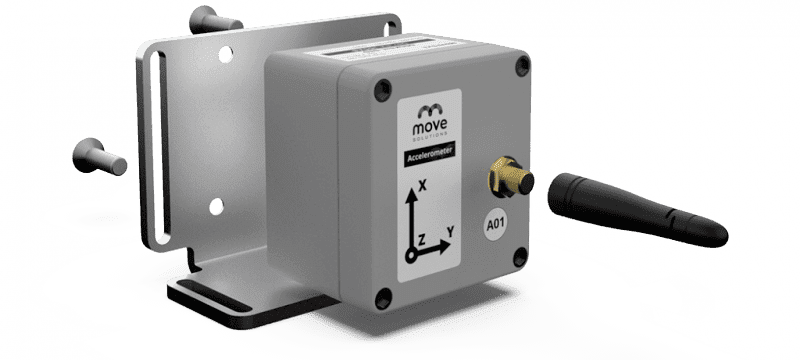
VIBROMETER
The wireless Vibrometer is able to measure the velocity of the point where it is installed, providing a complete analysis of the frequency and amplitude of the vibrations. Performs real-time and remote vibrational analysis. Understand if the vibrations and stresses caused by construction sites close to the monitored structure exceed the values set by the legislation in force. All sensors also record temperature, are battery powered and use the LoRaWAN wireless communication protocol.

